Teaching kids how to be safe around the farm
Ohio State University graduate student Molly Michael is working on an ag safety curriculum for K-8 educators about being safe while performing tasks on the farm.
Read MoreConsumers' change in buying habits is an opportunity for Ohio’s livestock producers and local meat processors, but the lack of processing capacity in the state is putting a limit on growth.
Ohio meat processors like Jamie Graham, owner of R & C Packing, have been hard pressed to keep up with demand for their services. Consumer interest in locally raised meat has been steadily increasing in recent years, and the COVID-19 pandemic boosted demand further.
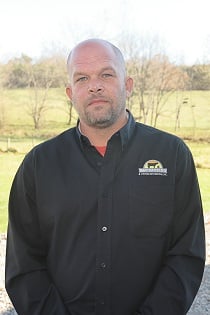 “I think there’s been a huge buying habit change,” Graham said. That change in buying habits is an opportunity for Ohio’s livestock producers and local meat processors, but the lack of processing capacity in the state is putting a limit on growth. Customers won’t keep trying to buy local meat if they can’t get what they want, Graham warned. “If you don’t have the capacity, they go back to what they were doing before.”
“I think there’s been a huge buying habit change,” Graham said. That change in buying habits is an opportunity for Ohio’s livestock producers and local meat processors, but the lack of processing capacity in the state is putting a limit on growth. Customers won’t keep trying to buy local meat if they can’t get what they want, Graham warned. “If you don’t have the capacity, they go back to what they were doing before.”
R & C Packing, located near Bidwell in Gallia County, is a custom meat processing facility that handles cattle and hogs as well as lambs and goats. The company opened in 1997, and in 2015 it was the first company in Ohio to process meat under the USDA’s Cooperative Interstate Shipment program. The CIS program broadens marketing opportunities by allowing state-inspected facilities to sell meat products across state lines without the added expense of federal inspections. R & C Packing works with area livestock producers who market meat directly to consumers. The company also offers retail sales of locally raised meat and provides branded packaging for producers who sell meat through other outlets.
Over the years, R & C packing has expanded with demand and currently processes 110 to 115 animals per week. That’s about all the business they can handle with the space and equipment they have now, Graham said. “We’ve got a pretty tight schedule as far as our throughput.”
When demand for local meat began surging last year early in the COVID-19 pandemic, R & C Packing, along with many other Ohio processors, extended the workweek and worked overtime to fit in more livestock, but after a few weeks it became obvious that they couldn’t keep up that pace indefinitely, Graham said. Livestock producers were seeing an opportunity to expand local sales, but processing capacity was lacking. “We’ve lost some measurable customers because we couldn’t grow with them,” he said.
 Previously, producers needed to make processing appointments with R & C Packing two or three months in advance, but within four weeks of the COVID-related surge, the schedule was filled 16 weeks out. Now, many producers are scheduling a year in advance to make sure they have the processing slots they need, Graham said. Each month he opens scheduling for the same month the following year, so in November 2021, he was scheduling for November 2022. Such long wait times to get processing slots makes marketing more complicated for livestock producers, he added. “A lot of those animals, especially pork, are not even born yet.”
Previously, producers needed to make processing appointments with R & C Packing two or three months in advance, but within four weeks of the COVID-related surge, the schedule was filled 16 weeks out. Now, many producers are scheduling a year in advance to make sure they have the processing slots they need, Graham said. Each month he opens scheduling for the same month the following year, so in November 2021, he was scheduling for November 2022. Such long wait times to get processing slots makes marketing more complicated for livestock producers, he added. “A lot of those animals, especially pork, are not even born yet.”
Part of the recent surge in demand for locally raised and processed meat can be traced to the supply chain disruptions caused by COVID. Some large meat packers closed their plants temporarily when employees were out sick. Most smaller plants were able to continue operating, despite staff shortages, Graham said. For instance, a plant with 800 employees and mechanized equipment might not have enough workers to run each station in the processing line if 25% of the employees are gone. Smaller plants, with less dependence on mechanization, have more flexibility to continue operating even if some employees are missing.
Over the last 15 years, Joe Foster, a beef and hair sheep producer near Gallipolis, has been seeing a gradual increase in demand from consumers who want to fill their freezers with beef or lamb. “It’s been a slow meandering of people wanting to know what they’re feeding their families,” he explained.
Last year’s COVID-related surge in demand could have increased his direct sales even more if he had been able to book more processing appointments, Foster said. “It became quite a bottleneck for anybody who has traditionally been selling freezer beef.”
Having meat processed locally is a competitive advantage for Ohio livestock producers, Foster added. When livestock is shipped to large out-of-state processors, producers bear the additional cost of transportation. Producers who ship animals themselves pay the costs directly and producers who sell animals in Ohio for processing out of state see the shipping costs reflected in lower market prices. For example, shipping for each market beef animal is at least $50, he explained. “You’re automatically giving $50 away in freight.”
Besides improving profitability for livestock producers, increasing processing capacity in Ohio is an advantage to consumers, giving them more choices, Foster said. “Consumers can choose between buying a product their neighbors produced and buying from a grocery store.”
Graham and Foster, along with other livestock producers and meat packers, have been working with the Ohio Farm Bureau, the Ohio Cattlemen’s Association and public officials to find ways to encourage expansion of Ohio’s meat processing capacity. One result of those efforts is a new meat processing grant program, included as part of Ohio’s 2022-2023 state budget.
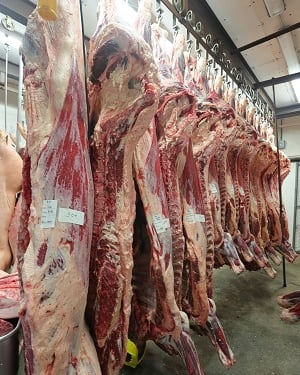 The budget includes $10 million for the Meat Processing Investment Program. The program will award grants of up to $250,000 to Ohio meat processing plants located in Ohio and in operation as of July 1, 2021. The grants are intended to help small and medium-sized processors increase their processing capacity.
The budget includes $10 million for the Meat Processing Investment Program. The program will award grants of up to $250,000 to Ohio meat processing plants located in Ohio and in operation as of July 1, 2021. The grants are intended to help small and medium-sized processors increase their processing capacity.
The grants are expected to help pay for projects such as facility expansions, construction of new facilities, purchase of processing equipment to improve efficiency, expansion of storage and livestock staging areas and workforce training.
Ashley Kasler, an organization director for the Ohio Farm Bureau serving Athens-Meigs, Gallia and Lawrence counties, said the new grant program is an example of how grassroots involvement by farmers and others working in agriculture can make a difference for the industry.
“Anymore, these facilities are so expensive, the grants will help,” she said.
Brandon Kern, senior director of state and national policy for the Ohio Farm Bureau, said Ohio’s need for more meat processing capacity has been an issue for years, but the supply chain issues caused by COVID made the need more urgent.
“COVID, honestly, created a possibility,” he said. “COVID made it very real to policymakers when they could see what was happening in the supply chain.”
Farm Bureau leaders at both the local and state level worked together with local officials and other industry organizations to bring the issue to state lawmakers, Kern said. Farm Bureau was also able to work at the state level to build a coalition with business organizations in the state to bring them on board with the program. “What Farm Bureau is able to do is the organizational piece to bring people together,” Kern said.
Graham intends to apply for one of the grants to help pay for processing equipment. However, he said, the grants alone won’t pay for all the capacity expansion the state needs.
Graham had been planning a multi-million-dollar expansion of his facilities, but now increasing construction costs have put a halt to those plans. He’s seeing his profit margins squeezed by higher payroll expenses as well as higher costs for everything from electricity to cardboard boxes, he added. Those increased costs are likely to lead to an increase in processing charges sometime soon, and that will affect his ability to compete with large out-of-state processors.
While the grant program will help some processors expand, even more work is needed to build the state’s processing capacity. “It is very helpful,” Graham explained, “but the biggest issue is just square footage expansion.”
Photos by Dave Liggett
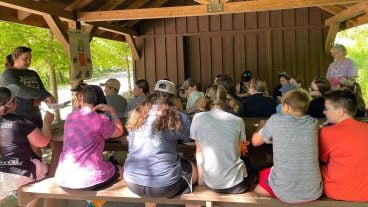
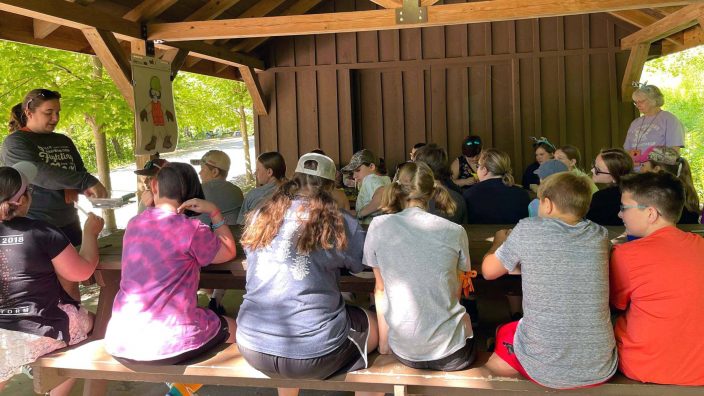
Ohio State University graduate student Molly Michael is working on an ag safety curriculum for K-8 educators about being safe while performing tasks on the farm.
Read More

Being a member of Ohio Farm Bureau means having access to a suite of first-class business solutions that enhance your operation’s bottom line.
Read More

Two Ohio women have taken leadership roles in national agriculture organizations: Susan Shultz and Kelly Harsh.
Read More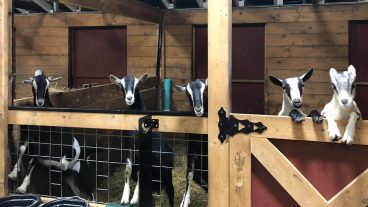
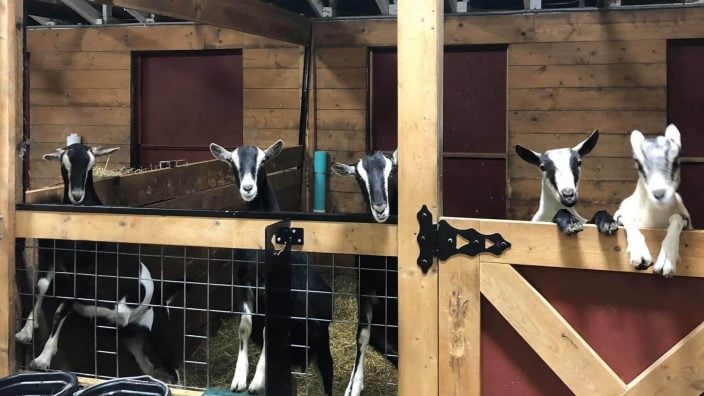
What started as a very small soapmaking hobby at Frog Pond Farm & Dairy has grown to be an enterprise that currently includes pasteurized fluid milk, seven flavors of chèvre cheese and several varieties of decadent fudge.
Read More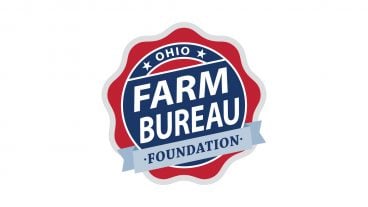
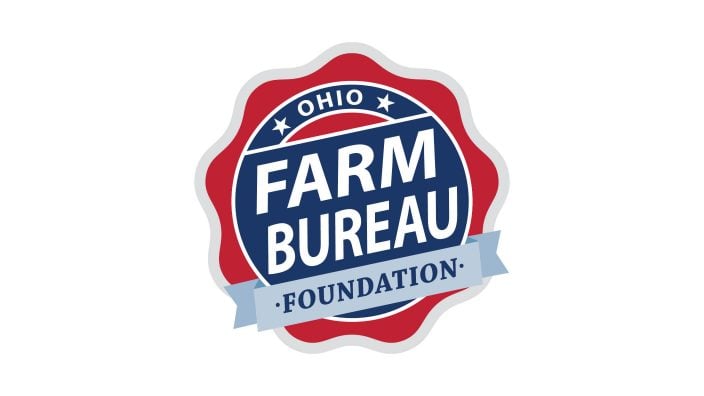
Over the last few years, the Ohio Farm Bureau Foundation has put intentional focus on its purpose architecture to create more clarity and awareness around what the foundation is and its work.
Read More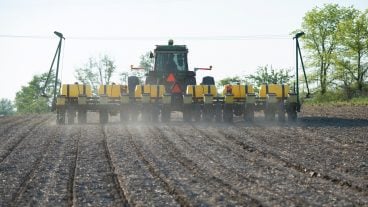
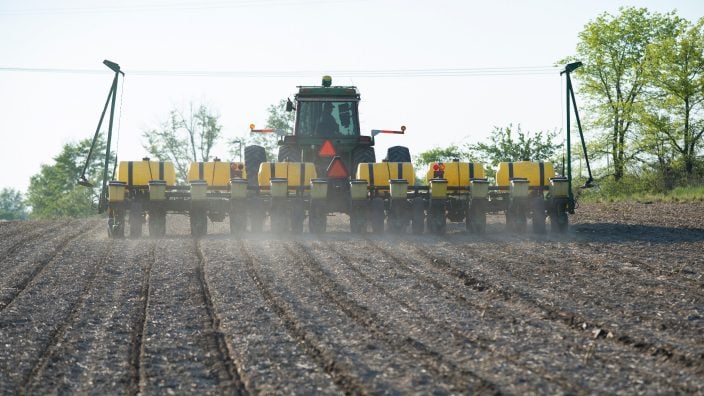
As we continue to stay ahead of the curve for farmers and ranchers, find out how we can work together to protect your next.
Read More
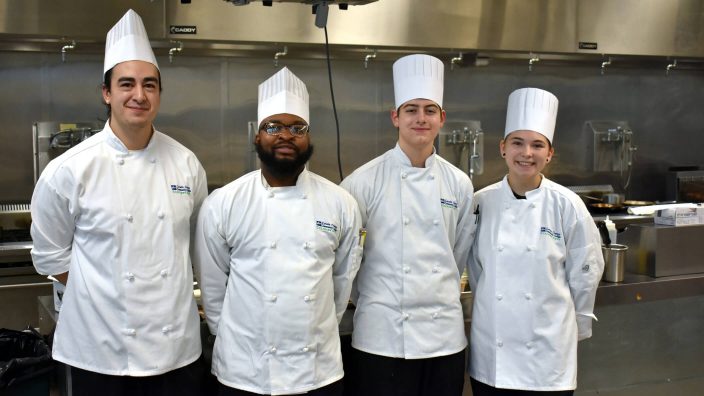
Get to know Lorain County Community College Culinary Arts students Matthew Gregory, Brandon Woodall Sr., Garret Underwood and Megan Rataj.
Read More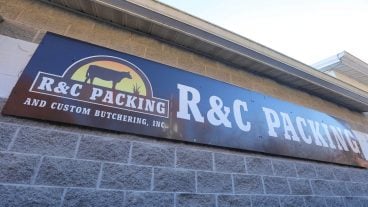
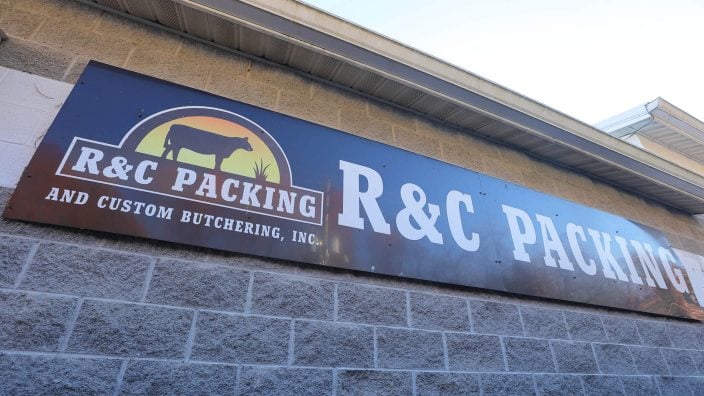
Ohio meat processors like Jamie Graham, owner of R & C Packing, have been hard pressed to keep up with demand for their services. Consumer interest in locally raised meat has been steadily increasing in recent years, and the COVID-19 pandemic boosted demand further.
Read More
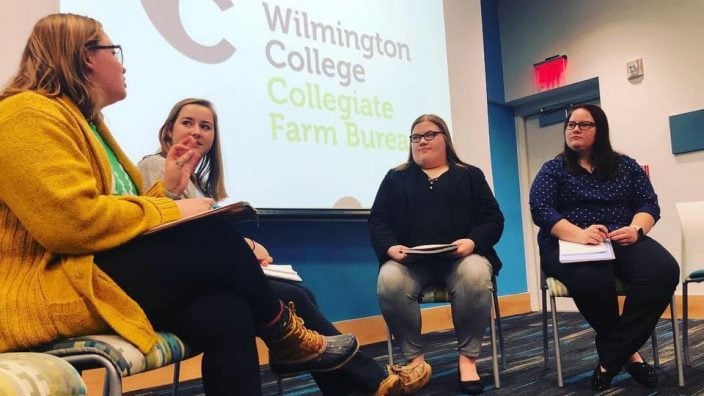
Collegiate Farm Bureaus at both Wilmington College as well as Ohio State University offer students with any major or specialization the opportunity to belong.
Read More

Editor Kelli Milligan Stammen shares what’s in store for readers, including recipes, member features and what’s next for Farm Bureau in 2022.
Read More